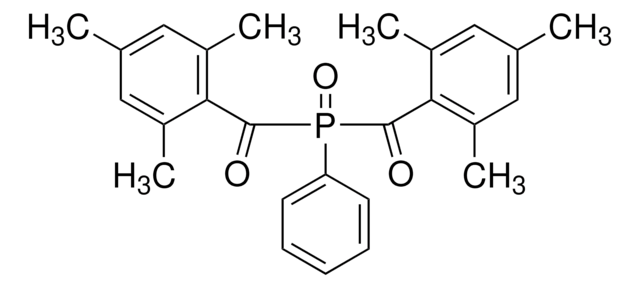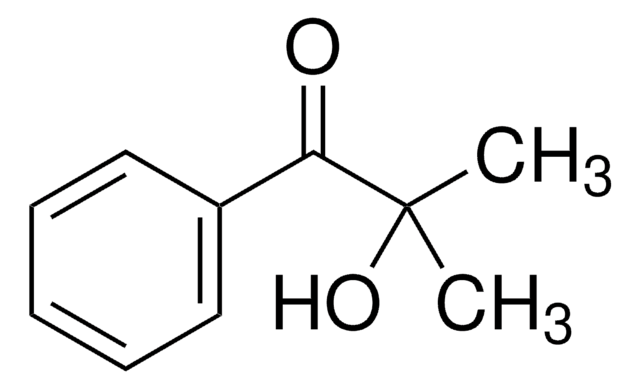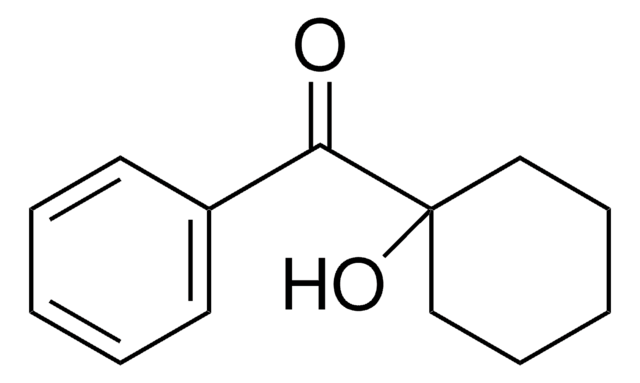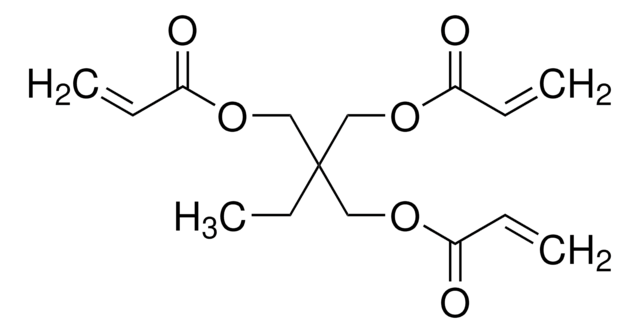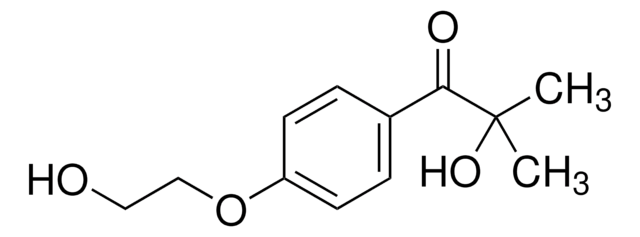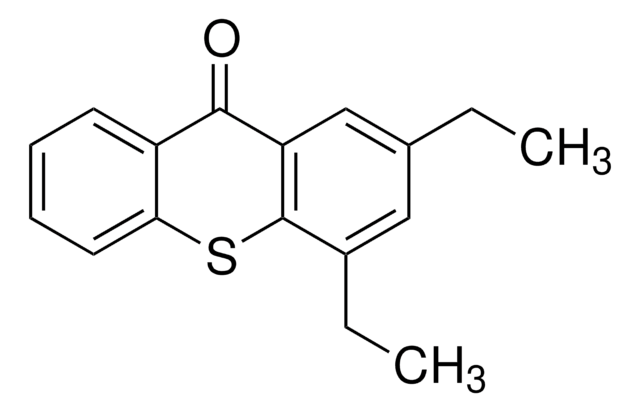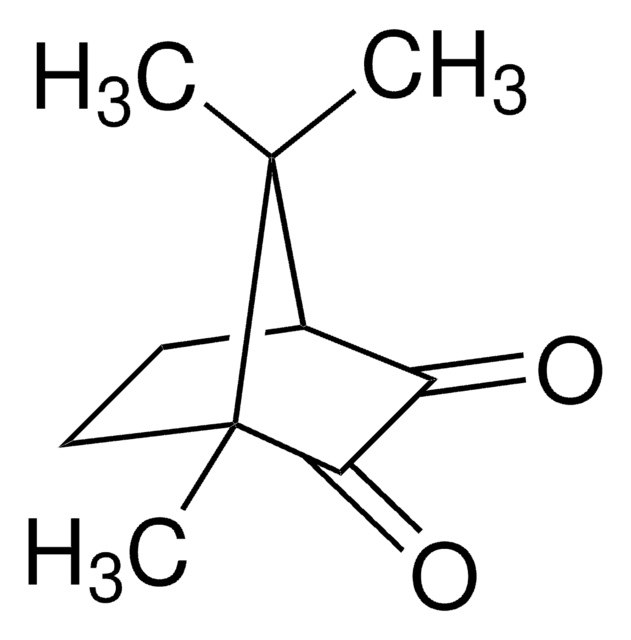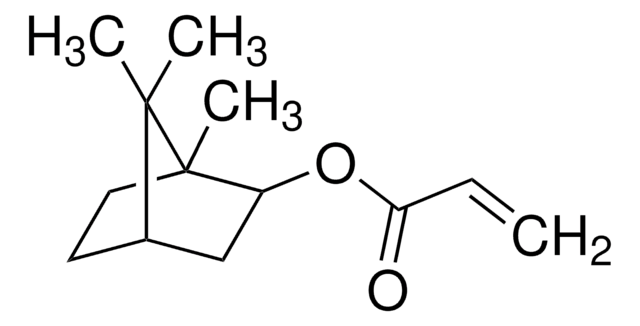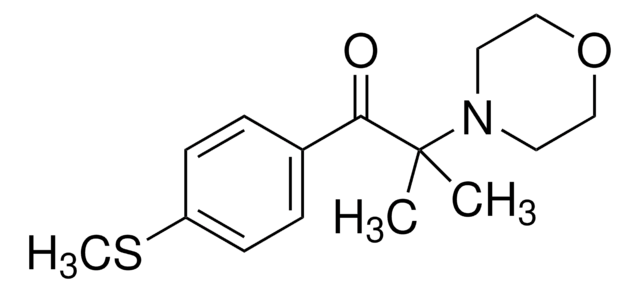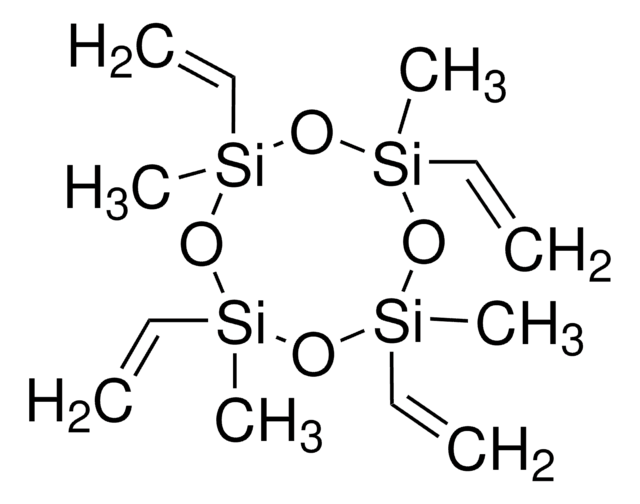415952
Diphenyl(2,4,6-trimethylbenzoyl)phosphine oxide
97%
Sinônimo(s):
(2,4,6-Trimethylbenzoyl)diphenylphosphine oxide, (Diphenylphosphoryl)(mesityl)methanone, 2,4,6-Trimethylbenzoylphenyl phosphinate
About This Item
Produtos recomendados
Ensaio
97%
Formulário
powder
pf
88-92 °C (lit.)
cadeia de caracteres SMILES
Cc1cc(C)c(c(C)c1)C(=O)P(=O)(c2ccccc2)c3ccccc3
InChI
1S/C22H21O2P/c1-16-14-17(2)21(18(3)15-16)22(23)25(24,19-10-6-4-7-11-19)20-12-8-5-9-13-20/h4-15H,1-3H3
chave InChI
VFHVQBAGLAREND-UHFFFAOYSA-N
Descrição geral
Aplicação
Armazenamento e estabilidade
Palavra indicadora
Warning
Frases de perigo
Declarações de precaução
Classificações de perigo
Aquatic Chronic 2 - Repr. 2 - Skin Sens. 1
Código de classe de armazenamento
11 - Combustible Solids
Classe de risco de água (WGK)
WGK 2
Ponto de fulgor (°F)
Not applicable
Ponto de fulgor (°C)
Not applicable
Equipamento de proteção individual
Eyeshields, Gloves, type N95 (US)
Escolha uma das versões mais recentes:
Já possui este produto?
Encontre a documentação dos produtos que você adquiriu recentemente na biblioteca de documentos.
Os clientes também visualizaram
Artigos
The manufacture of monomers for use in ophthalmic applications is driven by the need for higher purity, improved reliability of manufacturing supply, but ultimately by the need for the increased comfort, convenience, and safety of contact lens wearers. Daily wear contact lenses have the potential to fill this need for many customers; however, their widespread use is constrained by higher costs compared to weekly- or monthly-based lenses. New approaches that improve cost structure and result in higher quality raw materials are needed to help make contact lenses more affordable and accelerate growth of the contact lens market.
Nossa equipe de cientistas tem experiência em todas as áreas de pesquisa, incluindo Life Sciences, ciência de materiais, síntese química, cromatografia, química analítica e muitas outras.
Entre em contato com a assistência técnica